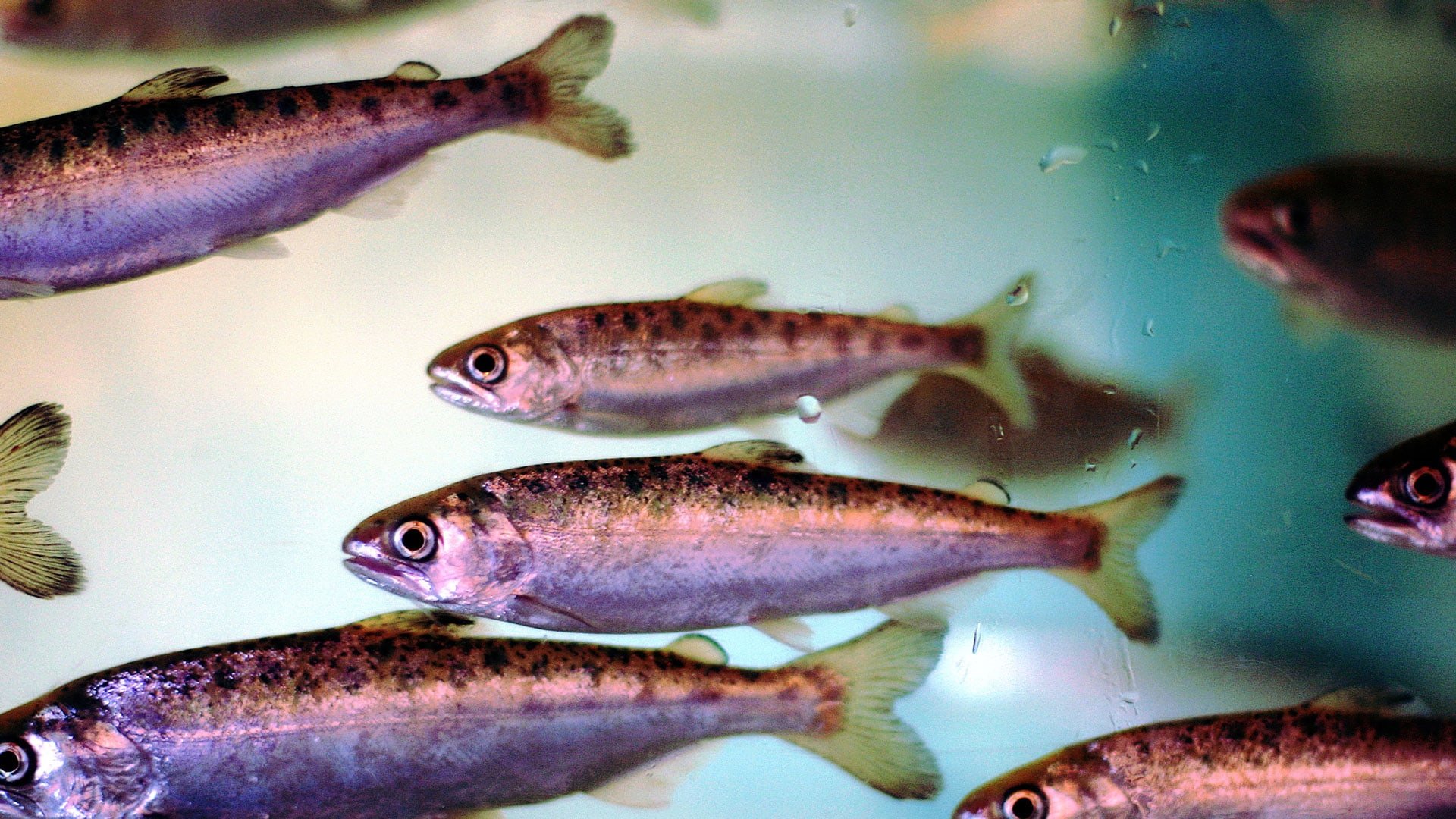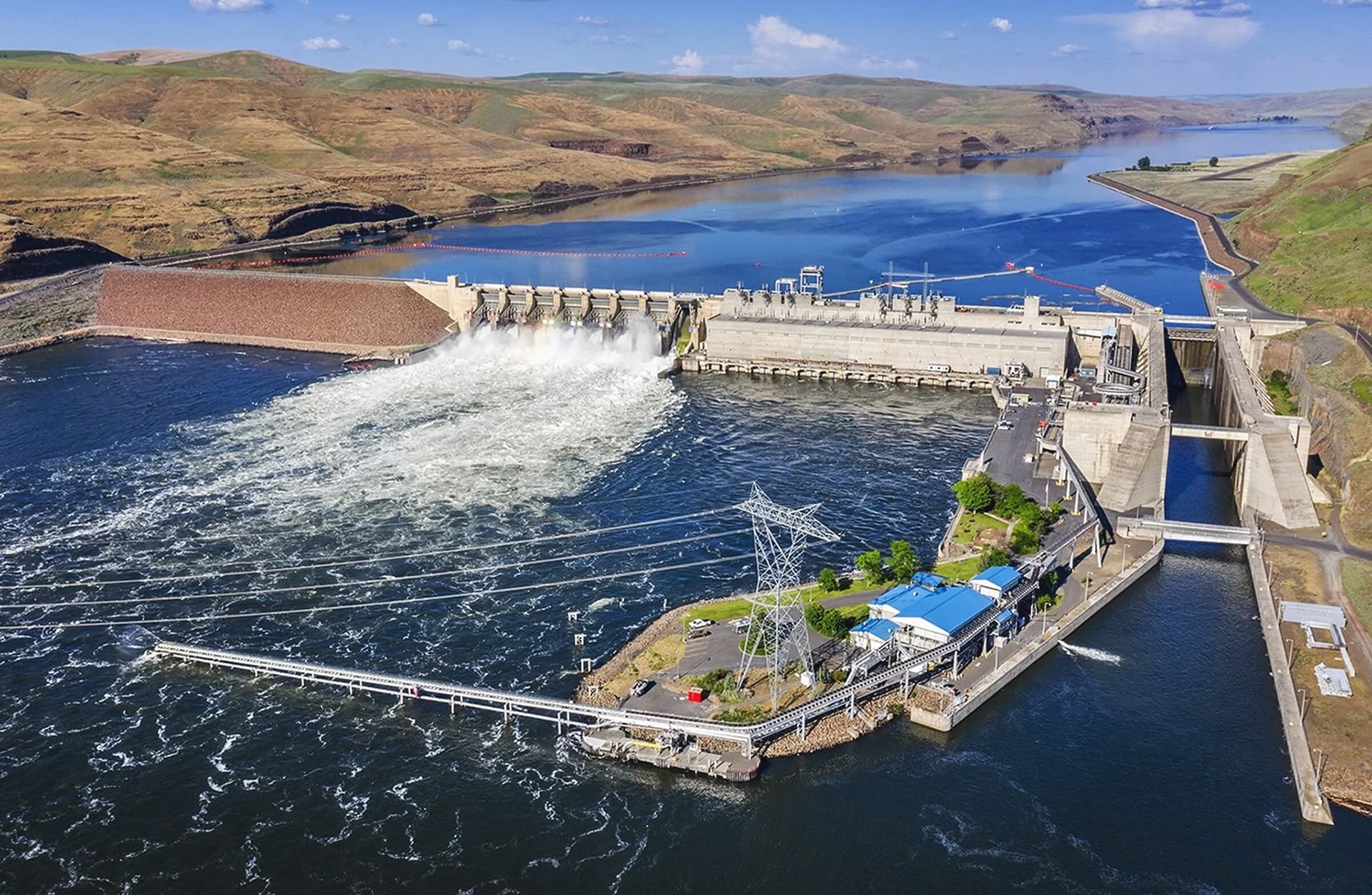Summary
The Southern Resident killer whales face three key threats: lack of prey, contaminants and vessel noise. However, a recent study shows underwater noise from military aircraft is equally as loud as vessels, at levels making their habitat inhospitable. NOAA Fisheries must recognize that aircraft noise—like vessel noise—is a threat to this endangered community.
Why it Matters
These killer whales are dependent on salmon for survival, relying on sound to find prey, and to communicate with family, with whom they prey share. A noisy habitat disrupts feeding, and can even force them to leave the area. This community has co-evolved with Pacific salmon; following salmon runs is their culture, so moving to another area is simply not an option.
Take Action
Tell NOAA Fisheries to recognize that military aircraft noise—like vessel noise—is a threat to endangered killer whales.
Take Action
Angela SommaDivision Chief, Endangered Species Conservation
Office of Protected Resources - NOAA Fisheries
A recent study shows that noise from Growler aircraft—operating out of the Naval Air Station, Whidbey Island—penetrates 100 feet below the sea surface, and at levels sufficient to impact the Southern Resident killer whales by disturbing their feeding, and effecting critical habitat quality. I urge you to examine this evidence, and ensure that noise pollution from this source is considered as important as vessel impacts.
(301) 427-8403
Press 0 to leave a message for:
Division Chief Somma
Endangered Species Conservation
Did you call?Let us know!
Hello, I’m calling today with a message for Division Chief Somma
My name is______ and I am a resident of _____ state.
I’m alarmed that the Southern Resident killer whales are struggling to survive, and that noise in their habitat impacts their ability to find food and communicate.
Evidence shows that Growler aircraft can be heard 100 feet beneath the sea surface, and is loud enough to trigger behavior change in marine mammals, including the Southern Resident killer whales.
NOAA Fisheries must recognize that these endangered orcas are equally threatened by noise from military aircraft, as they are by noise from vessels.
Thank you.
Mailing Address
Division Chief Somma
Endangered Species Conservation
NOAA Fisheries Office of Protected Resources
13th Floor, 1315 East-West Highway
Silver Spring, MD 20910
Did you write?Let us know!
Dear Division Chief Somma,
I would like to express my concerns about the plight of the Southern Resident killer whales, as despite their protection since 2005 under the Endangered Species Act, I fear they are heading for extinction.
In November 2020, your office issued regulations to the U.S. Navy authorizing harm—under the Marine Mammal Protection Act— to 28 marine species, including the Endangered Southern Residents. Your own report found that the Navy’s activities were, “not likely to jeopardize the continued existence of this population”, nor were they, “likely to destroy or adversely modify designated critical habitat.”
However, the ruling applied only to harm from, “training and testing activities from the use of sonar and other transducers, and in water-detonations.” Yet, the Naval Air Station, Whidbey Island is home to 118 Growler aircraft, which a 2020 study found are so loud as to be audible 100 feet below the sea surface. For these endangered killer whales, “received levels were above those associated with changes in call amplitude and avoidance or changes in behavior.”
NOAA Fisheries lists one of the three key threats to the survival of this species as “impacts from vessels and sound that may affect their behavior and reduce their ability to successfully find and capture prey.” Yet this recent study finds that noise pollution from these aircraft is likely to exceed that associated with a range of typical vessels.
Finally, the authors conclude that cumulative effects of noise pollution—as well as impact on the habitat itself—must be considered, as the habitat becomes less hospitable when continuously exposed to these noise levels.
I ask you as a matter of urgency to re-examine the findings of your Biological Opinion, and consider the impacts of noise pollution from these aircraft, especially in light of the ongoing challenge this population has in finding sufficient prey. NOAA Fisheries must recognize that aircraft noise—like vessel noise—is a threat to these endangered orcas.
They live in a world of sound, and we are making their habitat inhospitable; preventing them from hearing each other, and from finding their also-endangered prey. This is not what species protection looks like.
Sincerely,
__________________
Key Talking Points
Customize your action with these additional options.
- Noise from Growler aircraft can be heard 100 feet beneath the sea surface, and is loud enough to trigger behavior change in the Southern Resident killer whales.
- Sound is essential to orcas to communicate and hunt.
- Vessel noise disturbs feeding activity of Southern Residents, which suggests that the equally-loud Growler would have the same impact.
- Continuous noise makes their habitat less hospitable.
- Noise pollution from Growlers is above levels known to cause killer whales to leave the area.
- The area overflown by Growler aircraft is designated as critical habitat to the Southern Residents, and essential to their survival.
- Studies show that Growlers' underwater noise level is likely to exceed the noise associated with a range of typical vessels.
- NOAA Fisheries must recognize that military aircraft noise—like vessel noise—is a threat to endangered orcas.
Background
Increasing Impact
Over the last decade, the U.S. Navy increased operations out of its Naval Air Station on Whidbey Island, upgrading to a more powerful aircraft, the Growler, whose flights simulate “touch-and-go” aircraft carrier landings.
Increased flight frequency and associated noise raised concern for the health of island residents, and Salish Sea wildlife. Scientists assessed Growler noise “in-air” and underwater to understand likely impacts.
Growlers were audible up to 100 feet beneath the sea surface, and at levels that, “exceeded thresholds known to trigger behavioral changes in fish, seabirds and marine mammals, including the Southern Residents.”
Yet, in 2018, NOAA Fisheries agreed with the Navy that impacts from these aircraft would be negligible, even though no monitoring had taken place.
Living in a World of Sound
Sound is essential to killer whales, but the scientists found that noise from Growlers would force them to increase their call volume to be heard. Critically, it would also impact their use of echolocation—using sound waves—to find and capture salmon.
In fact, noise from Growlers is above levels known to cause “avoidance” — forcing these orcas to leave the area. Yet, Whidbey lies at the entrance to Puget Sound, an important foraging ground for chum and Coho salmon in fall and winter when Chinook salmon is less seasonally available.
Recent research by NOAA Fisheries found that females are especially disturbed by vessel noise. So why would this also not apply to aircraft, when research shows that Growlers are likely above typical vessel noise?




